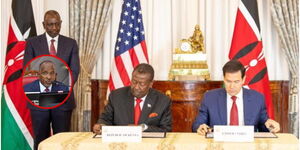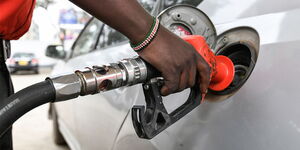The Energy Petroleum and Regulatory Authority (EPRA) employs a unique technology to address the issue of contaminated fuel across the country.
Through their third quarter report made public on Wednesday, October 26, the regulator indicated that it used the Fuel Marking technique.
EPRA stated that fuel marking had reduced malpractices in the petroleum sector and made Kenya an attractive transport corridor for neighbouring landlocked countries.
Additionally, introducing the technique led to improved revenue collection, as it hampered the sale of export-bound products in the local market.
How Fuel Marking works
Fuel marking is a method of authentication used to tame theft, smuggling or adulteration of petroleum products.
It involves marking fuel with a unique chemical marker to ensure that fuel sold through the supply chain nationwide can be verified as having been sourced legally.
In the first step, EPRA chemically stamps fuel with a unique marker. After stamping, the fuel is then transported from the fuel terminal to the retail stations. At the retail station, the transported fuel is further tested using a fuel marker device which detects any sign of contamination.
Just like health testing kits, the device displays different results which indicate whether fuel is clean or adulterated. EPRA officials extract two samples from the tank and test the first one. It only takes a few minutes to obtain the results.
If, after the test, no marker is detected or if the concentration is low (a sign of adulteration), then the second sample is sealed and sent to a forensic lab for further testing.
"To reduce these malpractices, fuel marking is done to identify adulterated products and diverted export-bound petroleum products. This is through the introduction of trace quantities of a unique identifier into fuel products to enable tracking movement of the products throughout the entire supply chain," EPRA's statement read in part.
"Kenya being a key transit route for petroleum products to neighbouring landlocked countries, it is important that the country preserves the integrity of the critical infrastructure involved to ensure that it maintains a competitive edge and steady revenue streams for economic growth," EPRA added.
According to EPRA, this process helps the government identify illicit fuel supply and initiate corrective measures.












